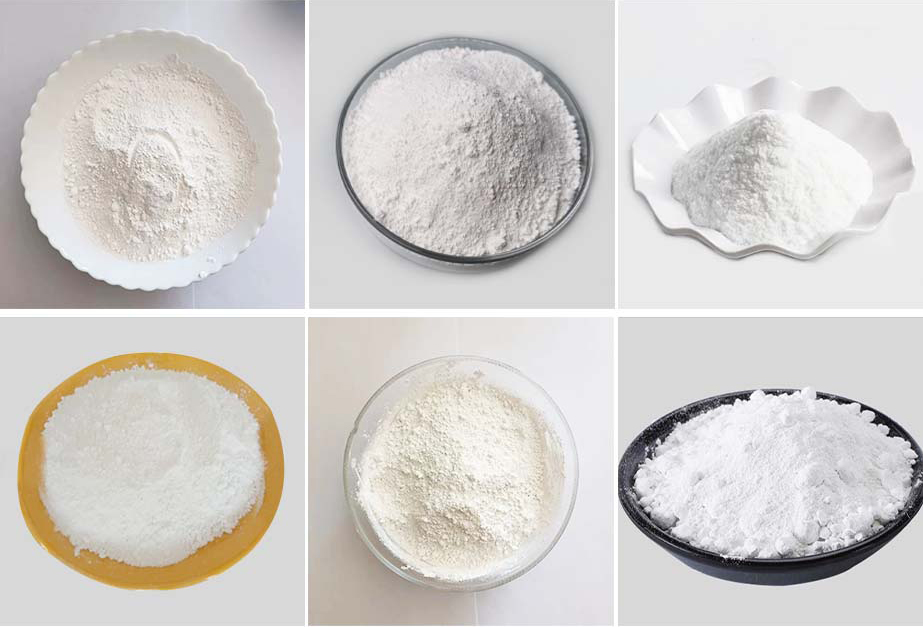
Agu . 01, 2024 04:27 Back to list
Safety Considerations for Manufacturers Working with Titanium Dioxide and Best Practices for Handling
Safety Considerations in the Manufacturing of Titanium Dioxide (TiO2)
Titanium dioxide (TiO2) is a widely used industrial material, renowned for its exceptional properties such as opacity, brightness, and resistance to degradation. It finds application in various sectors, notably in the production of paints, coatings, plastics, cosmetics, and food products. Despite its beneficial characteristics, it is crucial to address safety considerations associated with the manufacture and handling of TiO2, particularly due to its potential health implications and environmental impact.
The primary concern related to TiO2 arises from its fine particulate nature when processed into powders. Inhalation of TiO2 dust can pose health risks, including respiratory issues. The International Agency for Research on Cancer (IARC) has classified TiO2 as a possible carcinogen in humans (Group 2B), primarily based on studies that demonstrate increased incidence of lung tumors in rats exposed to high concentrations of TiO2 dust over extended periods. As a result, manufacturers must adhere to strict safety guidelines to mitigate exposure risks.
Safety Considerations in the Manufacturing of Titanium Dioxide (TiO2)
In addition to workplace safety, the environmental impact of TiO2 production must also be considered. The manufacturing processes can generate waste products that, if not managed properly, could lead to soil and water contamination. Responsible manufacturers often adopt sustainable practices, such as recycling water and reducing waste through process optimization. Moreover, adherence to environmental regulations ensures that emissions of any hazardous substances are controlled, protecting both the workforce and the ecosystem.
tio2 safety manufacturers

Engagement with regulatory bodies also plays a critical role in the safety landscape of TiO2 manufacturing. Regulatory agencies, such as the Occupational Safety and Health Administration (OSHA) in the United States and similar organizations worldwide, provide guidelines and regulations governing exposure limits and safety measures. Manufacturers need to stay informed about these regulations and ensure compliance to foster a safe working environment.
Additionally, transparency and communication are vital in strengthening safety practices. Manufacturers should keep an open line of communication with employees regarding safety updates and any potential health risks associated with TiO2. This includes sharing data from safety assessments and any changes in safety protocols. Furthermore, involving employees in safety committees can foster a culture of safety, where everyone feels responsible for maintaining a safe workplace.
Finally, as research progresses, the safety profile of TiO2 may evolve. Continuous monitoring of scientific literature and engaging with research institutions can provide manufacturers with the latest findings related to the health and environmental impacts of TiO2. This proactive approach allows for the implementation of improved safety practices and ensures alignment with the latest safety standards.
In conclusion, while titanium dioxide is a valuable material in various industries, its manufacturing process must prioritize safety for both employees and the environment. By addressing health risks, implementing comprehensive safety measures, complying with regulations, and fostering transparency, TiO2 manufacturers can ensure a safer and more sustainable production process. As the industry evolves, ongoing research and education will remain critical in shaping the future of safe TiO2 manufacturing practices.
-
China Lithopone in China Supplier – High Quality Lithopone ZnS 30% Powder for Wholesale
NewsJun.10,2025
-
Top China Titanium Dioxide Company – Premium TiO2 Powder Supplier & Manufacturer
NewsJun.10,2025
-
Fast Shipping 99% Pure TiO2 Powder CAS 13463-67-7 Bulk Wholesale
NewsJun.10,2025
-
Top China Titanium Dioxide Manufacturers High-Purity R996 & Anatase
NewsJun.10,2025
-
Lithopone MSDS Factories - Production & Quotes
NewsJun.10,2025
-
High-Quality Titanium Dioxide in Water Suppliers - China Expertise 60
NewsJun.09,2025
